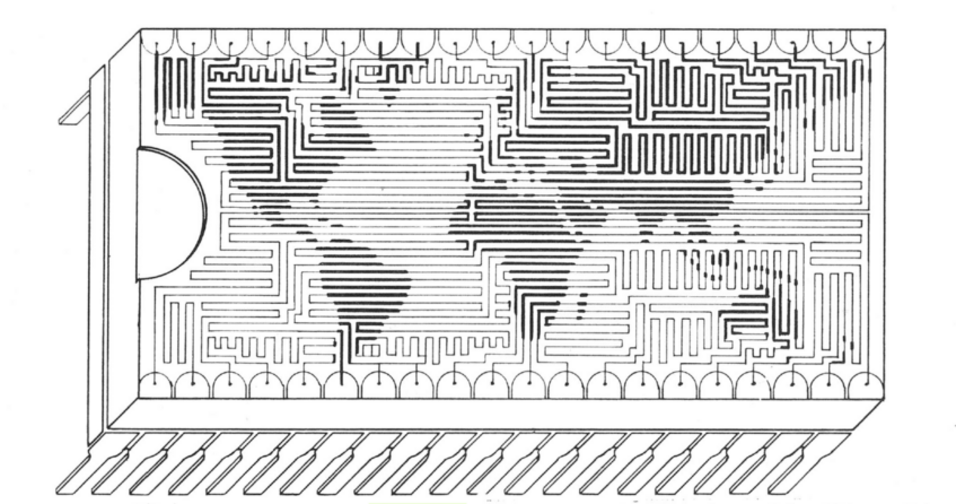The 1972 publication of the The Limits to Growth induced by the Club of Rome illustrated the possibilities of computer-based modelling in terms of interdisciplinarity, complexity and not least: scale. The report and its pessimistic findings about the global future were met with enormous public attention and harsh criticism alike. The reaction from the scientific field included the establishment of a community of “global modelers” fashioning follow-up models to the initial WORLD3, which served as basis for the Limits. Due to its close ties with the Club of Rome, the 1972 founded Institute for Applied System Analyses (IIASA) in Laxenburg, Austria came to be an institutional clearing house for the emerging global modeling community. From 1974 until 1981 IIASA hosted nine symposia where the most advanced multi-sectoral global models were presented and discussed prior to publication.
For the dissertation project, these conferences serve as point of departure for a political-epistemologically oriented analysis of the global modeling activities. Relying on conference proceedings, archival sources from the respective institutions, newspapers and review publications as well as the models’ technical reports, this project aims at presenting early attempts in global modeling as a politico-scientific endeavor on multiple scales. This includes analyzing the Denkstil and rhetoric of the new scientific field as well as the reflections on “the political” as part of the models. The project also addresses questions on the role of data and the representation of the Global South. A further important aspect in the politics of global modeling concerns the various strategies with which the modelers aimed at making their models matter in respect to public attention and policy impact.
As part of the Volkswagen foundation sponsored project “How is Artificial Intelligence Changing Science?”

